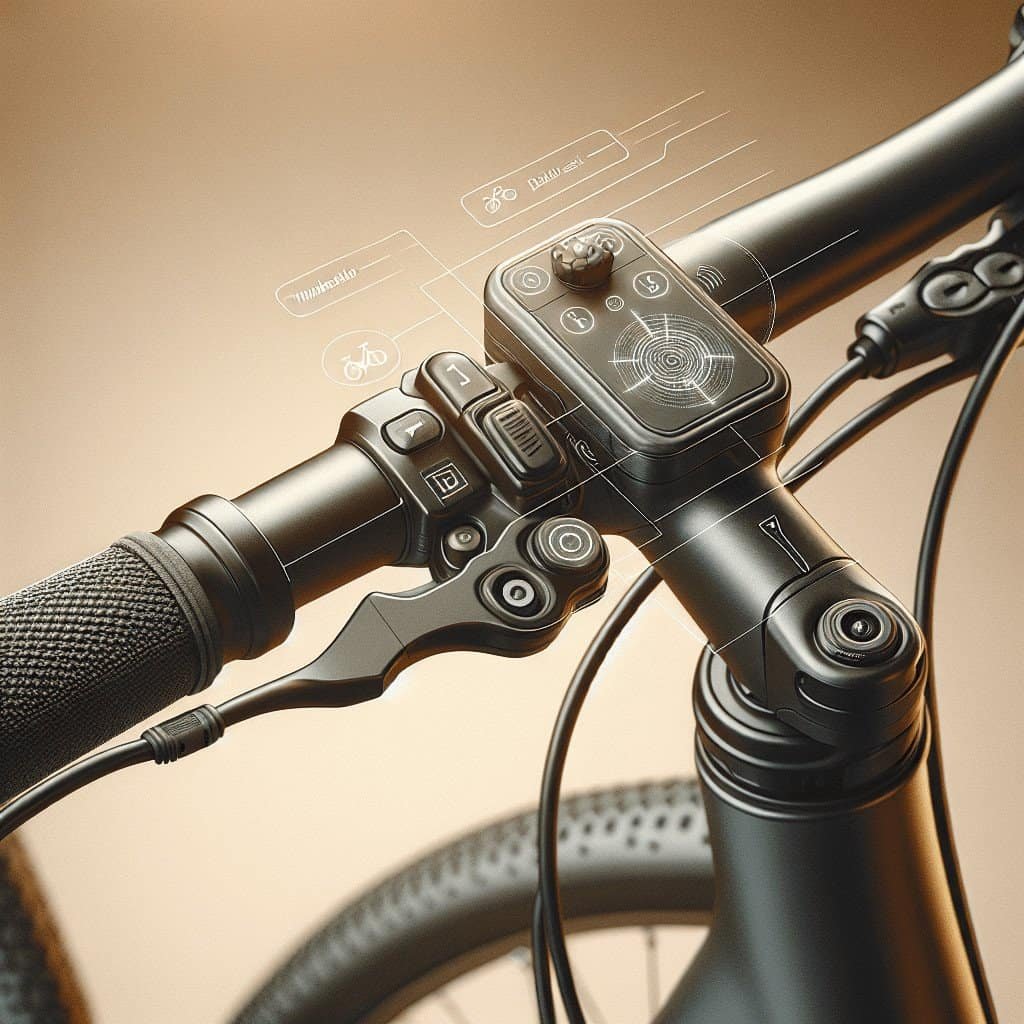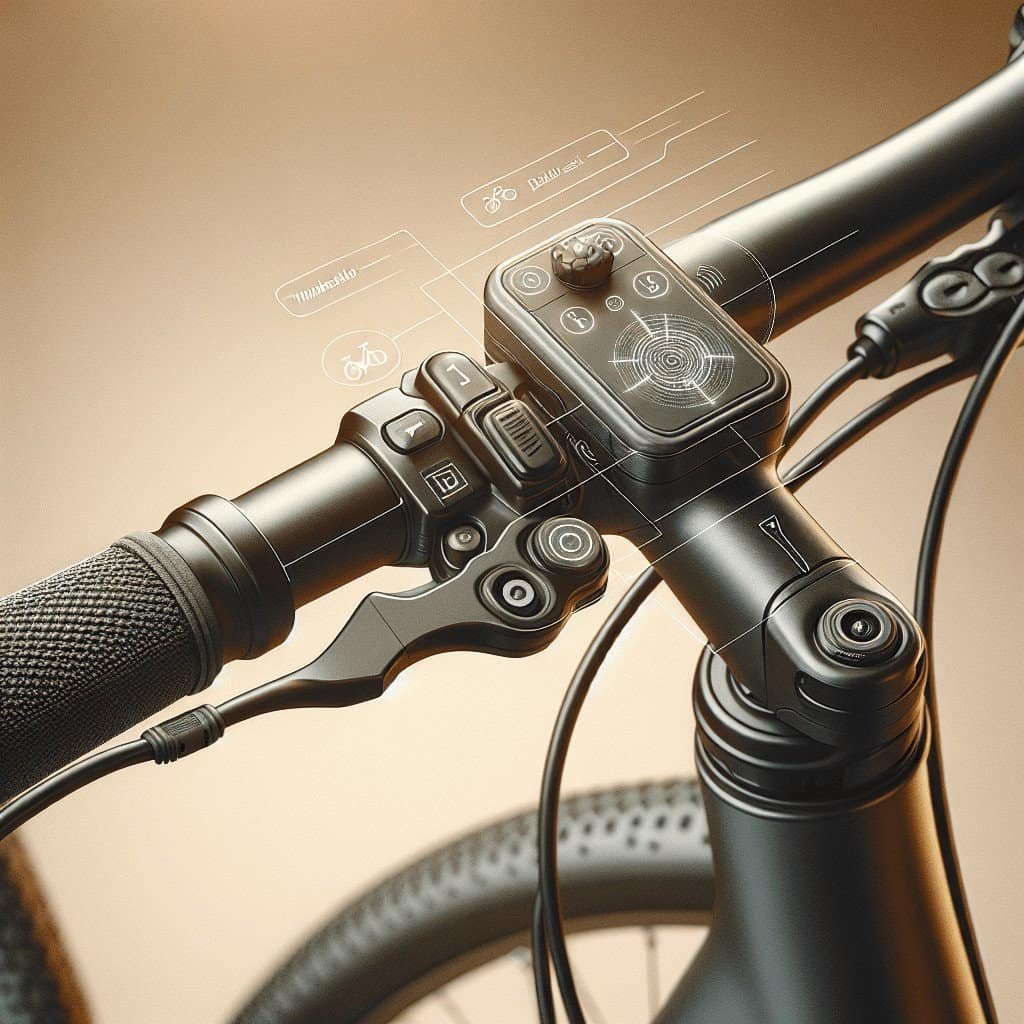So you’ve heard about electric bikes and you’re curious to know more. Well, let’s start with the basics. When it comes to electric bikes, there are two main types: pedal-assist and throttle-controlled. The main difference between the two lies in how they provide assistance to the rider. With pedal-assist electric bikes, also known as pedelecs, the motor kicks in only when you pedal, giving you an extra boost. On the other hand, throttle-controlled electric bikes allow you to control the speed with a twist of a throttle, similar to how motorcycles operate. Both types have their unique advantages, so let’s take a closer look at each to help you decide which one suits your needs best.
Definition of Pedal-assist Electric Bikes
Definition
Pedal-assist electric bikes, also known as electric bicycles, are a type of bicycle equipped with an electric motor that provides assistance to the rider’s pedaling. These bikes are designed to augment the rider’s pedaling efforts and make cycling easier, especially when climbing hills or traveling long distances. The electric motor is activated by the rider’s pedaling motion and provides additional power to the bike’s drivetrain, propelling it forward.
How It Works
Pedal-assist electric bikes work by sensing the rider’s pedaling motion and delivering power from the electric motor accordingly. When the rider starts pedaling, sensors in the bike’s drivetrain detect the force and speed at which the pedals are being turned. Based on this input, the electric motor kicks in and provides assistance, amplifying the rider’s pedaling power. The level of assistance can typically be adjusted using a control panel or display on the handlebars, allowing the rider to choose how much electric assistance they desire.
Pedal-assist electric bikes are designed to provide a natural cycling experience, with the electric motor only assisting the rider’s effort rather than completely propelling the bike on its own. This means that the bike still requires the rider to pedal, but the added electric power makes pedaling easier and less strenuous. The electric motor automatically turns off once the rider stops pedaling or when the bike reaches a certain speed, ensuring that the assistance is only provided when needed.
Definition of Throttle-controlled Electric Bikes
Definition
Throttle-controlled electric bikes, also known as e-bikes or electric scooters, are a type of electric-powered transportation device that can be operated using a throttle. Unlike pedal-assist electric bikes, which require the rider to pedal in order to activate the electric motor, throttle-controlled e-bikes can be propelled solely by using the throttle, without any pedaling required. These bikes are often designed to resemble traditional bicycles, with the addition of a throttle mechanism.
How It Works
Throttle-controlled electric bikes work by utilizing a throttle mechanism, similar to those found on motorcycles or scooters. The throttle is typically located on the handlebars, and when the rider twists or pushes the throttle, it activates the electric motor, propelling the bike forward. Unlike pedal-assist bikes, throttle-controlled e-bikes do not require any pedaling from the rider to initiate the motor’s power delivery. The rider has the ability to control the speed of the bike solely through the throttle mechanism.
Throttle-controlled e-bikes provide a more effortless riding experience compared to pedal-assist bikes, as they allow the rider to rely solely on the electric motor for propulsion. This can be particularly useful for individuals who may have limited mobility or prefer not to pedal. However, it’s important to note that some throttle-controlled e-bikes may also offer the option for pedaling, giving riders the flexibility to choose between manual pedaling or solely relying on the throttle.

Speed Control
Pedal-assist Speed Control
Speed control in pedal-assist electric bikes is primarily determined by the rider’s pedaling speed and force. The electric motor provides assistance based on this input, amplifying the rider’s efforts and enabling them to achieve higher speeds with less physical exertion. The speed at which the electric motor cuts off its assistance varies between models, but most commonly, it stops providing power at speeds above 20-28 miles per hour (32-45 kilometers per hour). This means that pedal-assist e-bikes primarily rely on the rider’s pedaling for controlling their speed.
Throttle-controlled Speed Control
In throttle-controlled electric bikes, speed control is directly managed through the throttle mechanism. By adjusting the throttle’s position, the rider can increase or decrease the amount of power being delivered by the electric motor, consequently influencing the bike’s speed. Throttle-controlled e-bikes typically have a maximum speed that can be reached by fully engaging the throttle, which can vary depending on the model and local regulations. The ability to control speed solely through the throttle provides a convenient and effortless riding experience for those who prefer not to pedal.
Power Delivery
Pedal-assist Power Delivery
Power delivery in pedal-assist electric bikes is directly tied to the rider’s pedaling efforts. As the rider pedals, the electric motor detects the force and speed at which the pedals are being turned and delivers power accordingly. The power output of the motor is designed to provide assistance based on the rider’s input, allowing them to effortlessly pedal uphill or maintain higher speeds without excessive physical effort. The electric motor’s power delivery in pedal-assist e-bikes is synchronized with the rider’s pedaling motion, providing a seamless and natural riding experience.
Throttle-controlled Power Delivery
Throttle-controlled electric bikes deliver power solely through the activation of the throttle. When the rider engages the throttle, the electric motor immediately provides power to the bike’s drivetrain, propelling it forward. The power delivery in throttle-controlled e-bikes is not dependent on the rider’s pedaling input; instead, it is initiated by the rider’s action of engaging the throttle mechanism. This allows for instant power delivery, providing a quick and effortless riding experience for those who prefer not to pedal.

Control Mechanism
Pedal-assist Control Mechanism
The control mechanism for pedal-assist electric bikes is typically integrated into the bike’s handlebars or frame. It usually consists of a control panel or display that allows the rider to select different levels of electric assistance. The control panel may include buttons or a touchscreen interface for adjusting settings such as the level of assistance, speed limits, or battery information. Some pedal-assist e-bikes also provide the option to switch off the electric assistance completely, allowing the rider to use the bike as a regular bicycle.
Throttle-controlled Control Mechanism
Throttle-controlled electric bikes feature a throttle mechanism that is usually located on the handlebars. The throttle can take the form of a twist-grip, thumb-activated lever, or a push-button-style control. By manipulating the throttle, the rider can control the amount of power being delivered by the electric motor. Some throttle-controlled e-bikes may incorporate additional control elements, such as buttons or switches, to adjust settings like speed limits or engage different riding modes. The control mechanism of throttle-controlled e-bikes is designed for easy and intuitive operation.
Physical Effort
Pedal-assist Physical Effort
Riding a pedal-assist electric bike still requires physical effort from the rider, as the electric motor only assists the rider’s pedaling motion. The level of physical effort will depend on various factors, including the level of electric assistance chosen by the rider, the terrain being traversed, and the rider’s own physical fitness. While the electric assistance reduces the amount of effort required to pedal, it does not completely eliminate it. Pedal-assist e-bikes are designed to provide a balance between physical exertion and electric assistance, allowing riders to enjoy a more comfortable and less strenuous cycling experience.
Throttle-controlled Physical Effort
Throttle-controlled electric bikes minimize physical effort as they can be propelled solely through the use of the throttle. Riders have the option to rely solely on the electric motor for propulsion, without needing to pedal. This makes throttle-controlled e-bikes more suitable for individuals who may have limited mobility or prefer a more effortless riding experience. However, it’s worth noting that some throttle-controlled e-bikes may still offer the ability to pedal, providing riders with the option to combine pedaling and throttle-powered propulsion.

Handling and Maneuverability
Pedal-assist Handling and Maneuverability
Pedal-assist electric bikes are designed to closely resemble traditional bicycles in terms of handling and maneuverability. They tend to be lightweight and have a balanced weight distribution, making them easy to control and navigate through various terrains. The electric motor’s assistance in pedal-assist e-bikes is primarily focused on augmenting the rider’s pedaling effort, rather than significantly altering the bike’s handling characteristics. As a result, riders can expect a familiar and natural riding experience, with the added benefit of reduced physical effort.
Throttle-controlled Handling and Maneuverability
Throttle-controlled electric bikes may feel slightly different in terms of handling and maneuverability compared to traditional bicycles or pedal-assist e-bikes. The absence of pedaling combined with the instantaneous power delivery from the electric motor may require riders to adjust their riding style and adapt to the enhanced acceleration. Throttle-controlled e-bikes tend to have a more responsive and lively feel, making them suitable for riders who enjoy a quicker and more dynamic riding experience.
Battery Efficiency
Pedal-assist Battery Efficiency
Pedal-assist electric bikes are known for their exceptional battery efficiency. Since the electric motor’s assistance is synchronized with the rider’s pedaling input, the power delivery is optimized to conserve energy. The motor only provides assistance when needed, reducing unnecessary energy consumption and maximizing the battery’s lifespan. Moreover, the rider’s physical effort contributes to the overall propulsion, further extending the bike’s range. Pedal-assist e-bikes are known for their ability to cover longer distances on a single battery charge compared to throttle-controlled e-bikes.
Throttle-controlled Battery Efficiency
Throttle-controlled electric bikes may have slightly lower battery efficiency compared to pedal-assist e-bikes. Since the rider does not need to pedal to activate the motor, the power delivery is solely controlled by the throttle mechanism. This can result in a higher rate of energy consumption, particularly if the rider frequently engages the throttle at full power. However, advances in battery technology have led to significant improvements in the efficiency of throttle-controlled e-bikes, and many models now offer impressive ranges on a single charge.

Legal Considerations
Pedal-assist Legal Considerations
The legal classification of pedal-assist electric bikes varies depending on the country, region, or local jurisdiction. In some places, such as the European Union, pedal-assist e-bikes are classified as traditional bicycles as long as their motor provides assistance only while the rider is pedaling and cuts off at a certain speed. This classification allows pedal-assist e-bikes to enjoy the same legal rights and privileges as regular bicycles, such as being allowed on bike paths and not requiring registration or a driver’s license. It’s important for riders to familiarize themselves with the specific regulations governing pedal-assist e-bikes in their area.
Throttle-controlled Legal Considerations
Throttle-controlled electric bikes are often subject to different legal regulations compared to pedal-assist e-bikes. In some jurisdictions, they may be classified as electric mopeds or scooters, requiring registration, insurance, and a valid driver’s license to operate. The top speed and power output of throttle-controlled e-bikes may also be regulated, with certain limits imposed to ensure safety and compliance with local laws. Riders should consult their local traffic regulations to understand the specific requirements and legal considerations associated with riding throttle-controlled e-bikes in their area.
Price Range
Pedal-assist Price Range
The price range of pedal-assist electric bikes can vary significantly depending on factors such as the brand, quality of components, battery capacity, and additional features. Entry-level pedal-assist e-bikes can start from around $1,000, while high-end models with advanced features can cost upwards of $5,000 or more. The price range allows for a wide range of options, catering to different budgets and preferences. It’s important to consider the desired features, quality, and intended use when selecting a pedal-assist e-bike within a specific price range.
Throttle-controlled Price Range
Throttle-controlled electric bikes also encompass a wide price range, similar to pedal-assist e-bikes. The price can vary depending on factors such as the brand, motor power, battery capacity, build quality, and additional features. Entry-level options for throttle-controlled e-bikes can start from around $500, while higher-end models with more powerful motors and premium components can range from $1,000 to $4,000 or more. Similarly, the intended use, desired features, and budget should be considered when selecting a throttle-controlled e-bike within a specific price range.
In conclusion, the difference between pedal-assist and throttle-controlled electric bikes lies in the mode of power delivery and control mechanism. Pedal-assist e-bikes provide assistance to the rider’s pedaling motion, offering a more natural and balanced riding experience. They require physical effort from the rider and are typically regulated as regular bicycles in terms of legal considerations. Throttle-controlled e-bikes, on the other hand, can be propelled solely through the use of a throttle and do not require pedaling. They offer a more effortless riding experience and may be subject to different legal regulations, often categorized as electric mopeds or scooters. The price ranges for both types of electric bikes vary widely, providing options for various budgets and preferences. Ultimately, the choice between pedal-assist and throttle-controlled e-bikes depends on individual riding preferences, physical abilities, and legal requirements in the rider’s area.


